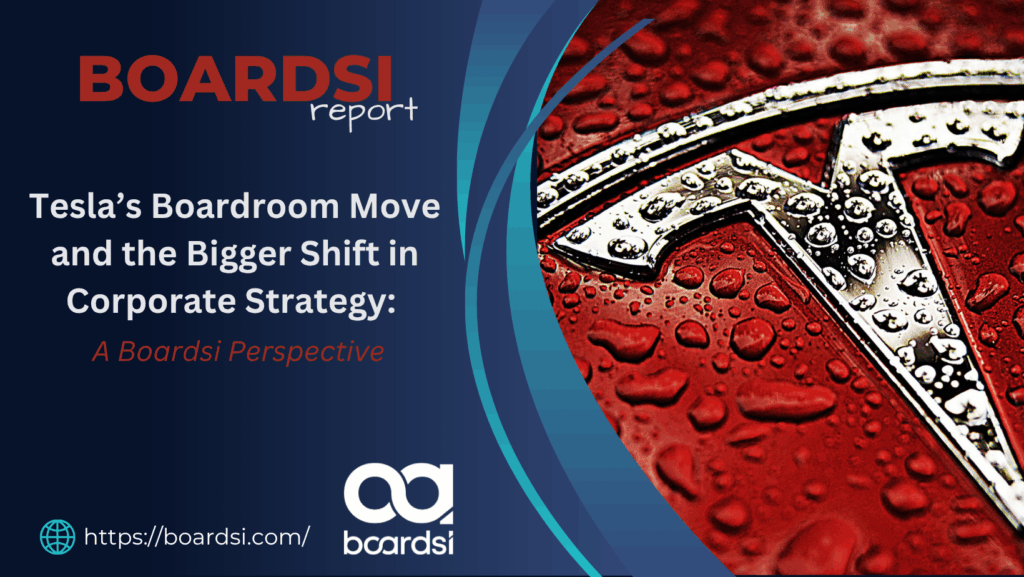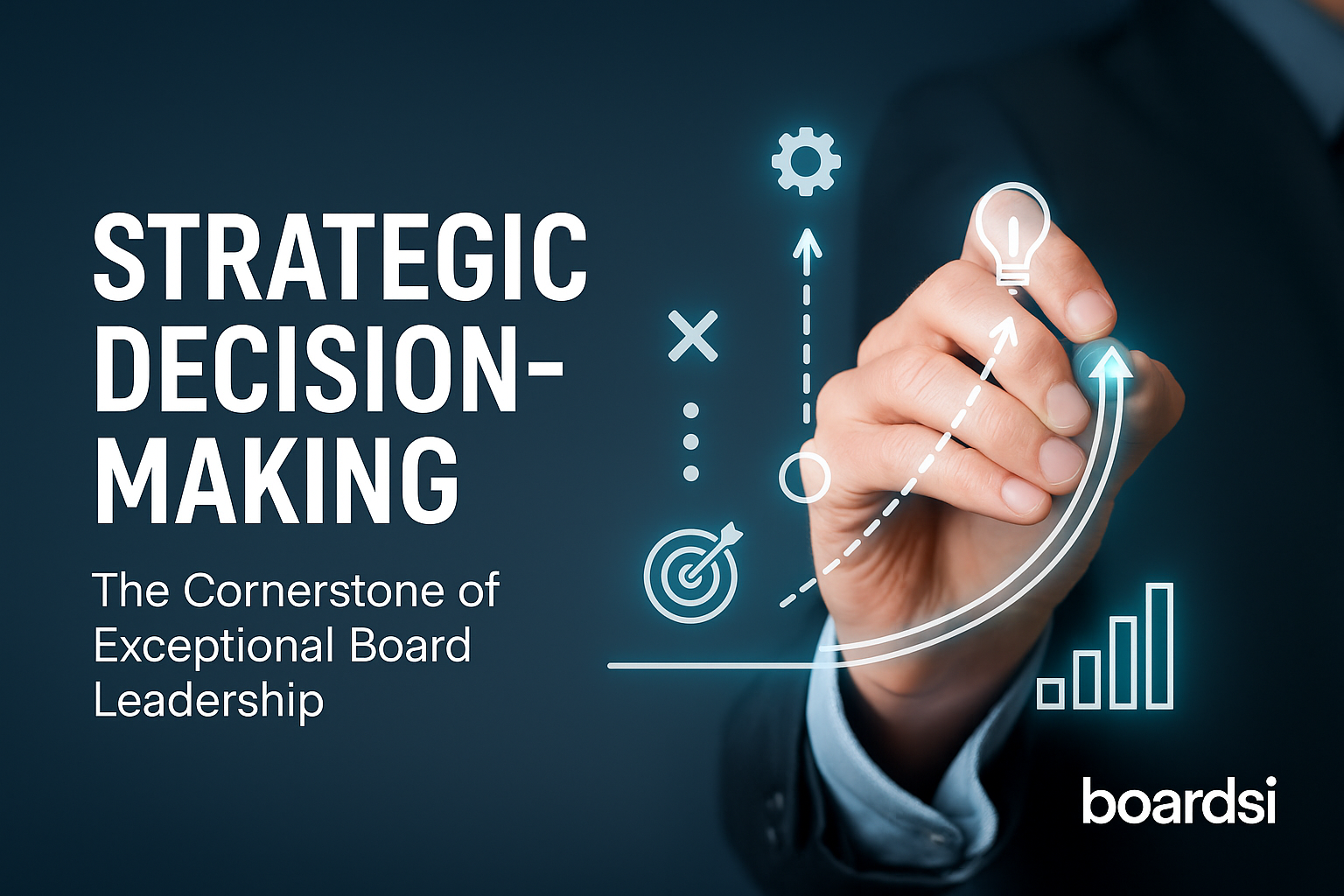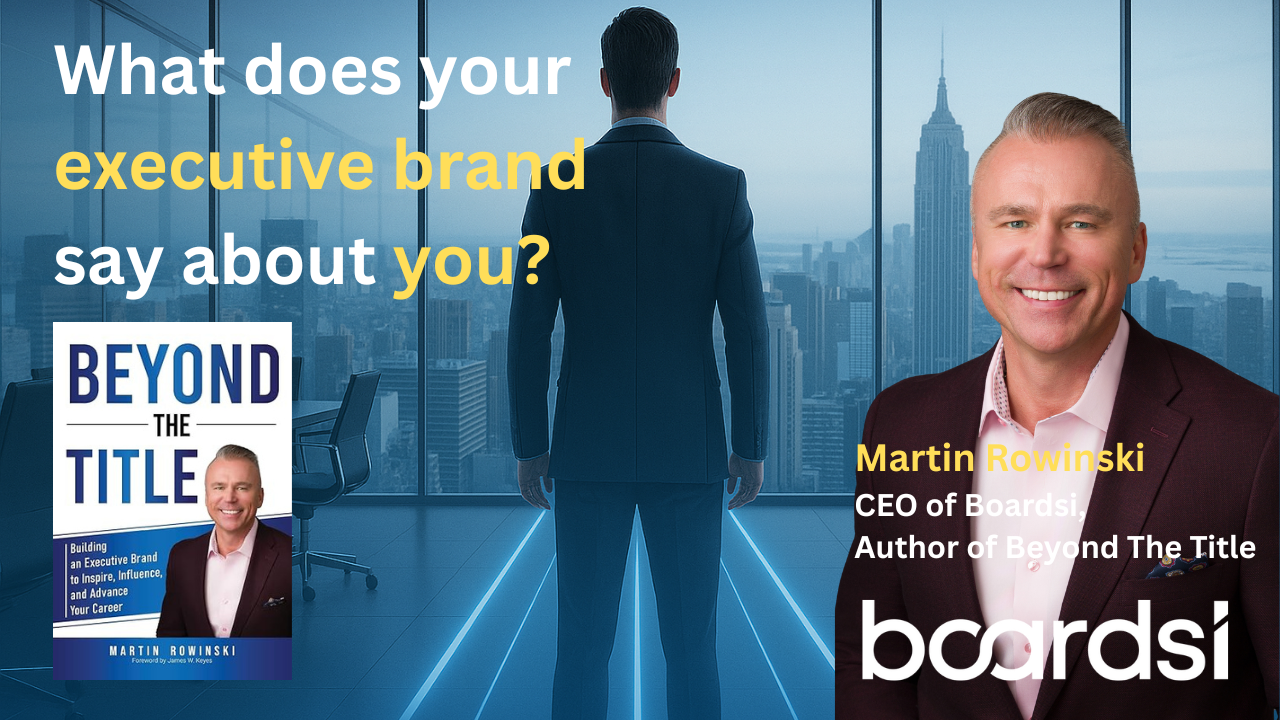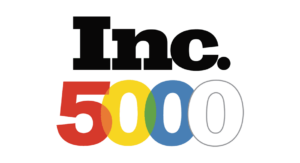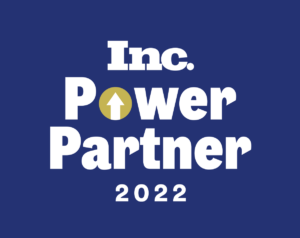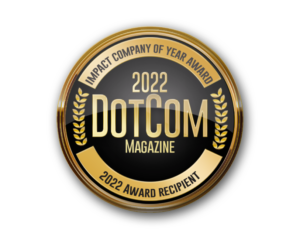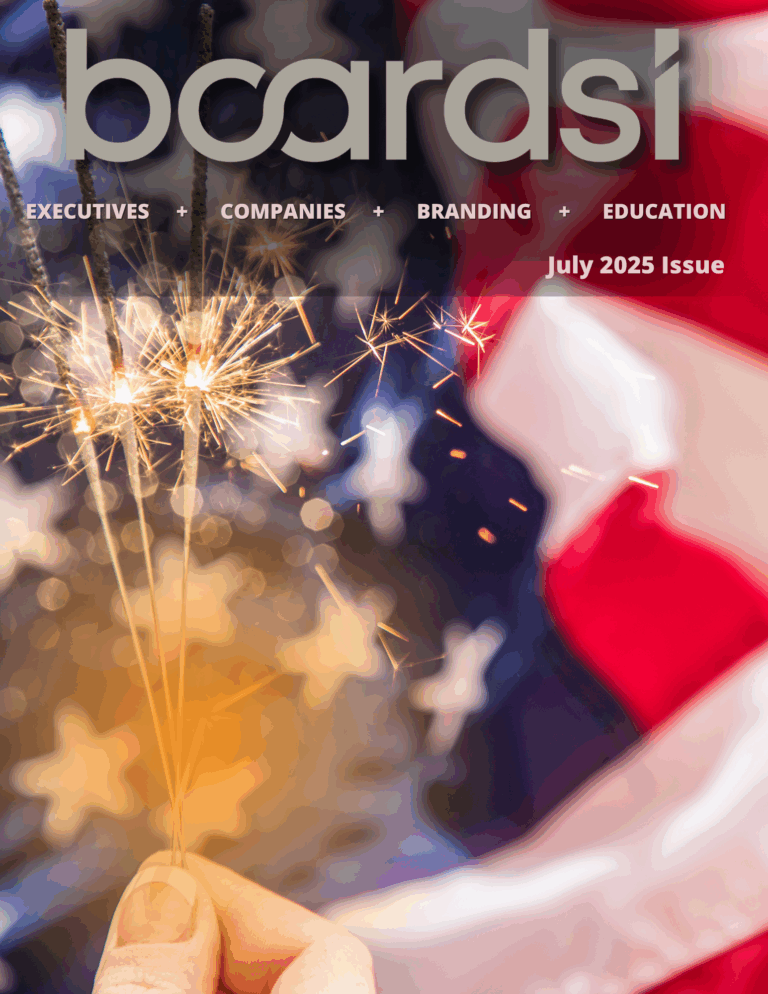By Martin Rowinski, CEO of Boardsi
When Tesla recently announced the addition of Jack Hartung, the long-time CFO and current President of Chipotle Mexican Grill, to its Board of Directors, it made headlines—but more importantly, it sent a message. This wasn’t just another high-profile name joining a tech titan’s board. It was a strategic recalibration—a timely move in a world where effective boards must be more than governance bodies; they must be strategic assets.
As the CEO of Boardsi, I spend my days immersed in conversations about board development, leadership alignment, and strategic growth. What Tesla just did is part of a broader trend we’re seeing at Boardsi—where forward-thinking companies are not just filling board seats, they are reshaping the very DNA of their leadership frameworks. Let’s talk about why this move matters and what other companies can learn from it.
Why Jack Hartung? Why Now?
Jack Hartung isn’t just a finance executive. At Chipotle, he guided the company through massive expansion, crisis recovery, and sustainable operational growth. His deep understanding of high-stakes financial environments, supply chain agility, and consumer behavior brings something Tesla’s board has arguably lacked: traditional, grounded operational stewardship with a public-facing accountability mindset.
Let’s be clear—Tesla’s genius has always been boldness. But as the company matures and faces new pressures (regulatory, operational, reputational), it needs seasoned leaders who know how to scale with integrity, manage risk, and deliver long-term returns. Hartung’s appointment balances the scale.
The Larger Shift in Board Strategy
At Boardsi, we talk about this often: The boardroom is no longer a legacy seat. It’s a dynamic command center for corporate future-readiness. Across industries—from energy and finance to tech and CPG—companies are finally realizing that board composition must mirror business ambition.
Board members are no longer selected for prestige alone. They are chosen for strategic alignment, diversity of thought, and active contribution to areas such as ESG, digital transformation, capital strategy, and brand credibility.
This is not a cosmetic evolution. It’s functional. It’s intentional.
Boardsi’s View: Advisory Boards as the Entry Point
Here’s something I always advise early-stage or mid-size companies: Don’t wait until you’re Tesla to build your board.
Tesla didn’t add Hartung because it was in crisis. It did so because it’s preparing for its next stage of growth. That foresight is something any company—regardless of size—can and should emulate.
And this is where Advisory Boards come into play. At Boardsi, we often encourage businesses to start with advisors. Why?
-
Lower Risk, High Value: Advisors bring insight without legal liability.
-
Speed to Impact: They help solve problems and provide perspective immediately.
-
Talent Testing Ground: Often, today’s advisor becomes tomorrow’s director.
Companies that utilize advisory talent early build a leadership ecosystem, not just a hierarchy. That’s how modern companies scale—and scale wisely.
Executive Impact Report: Jack Hartung’s Projected Influence on Tesla
At Boardsi, we produce Executive Impact Reports to help companies understand what a new board member truly brings beyond the résumé. Let’s take a quick look at how Jack Hartung might impact Tesla:
| Dimension | Strength | Strategic Benefit to Tesla |
|---|---|---|
| Financial Governance | CFO leadership at high-growth public company | Greater boardroom discipline, oversight of margin and cash flow optimization |
| Consumer Insights | Retail and food service brand experience | Deep understanding of consumer-facing strategy and scaling operations |
| Crisis Management | Helped guide Chipotle through food safety scandals | Experience with reputation management and stakeholder trust recovery |
| Operational Growth | Spearheaded Chipotle’s expansion | Supports Tesla’s ambitions in new global markets with financial grounding |
This is not just a checkbox move. It’s a strategic reinforcement that brings maturity, stability, and balance to a board that has historically leaned toward big vision but lacked steady operational oversight.
My Take as CEO of Boardsi
When we launched Boardsi, it was based on one big frustration: talented, experienced executives had no clear pathway to board or advisory roles, and companies lacked a system to find strategically aligned board members—not just famous names.
Now, nearly a decade later, we’ve become the go-to platform for corporate matchmaking—but more importantly, we’ve built an ecosystem that prepares executives for these roles. That includes:
-
Executive Branding that positions them as thought leaders.
-
Board Education that builds governance fluency.
-
Impact Reporting that translates experience into strategy.
Tesla’s move affirms what we’ve been saying for years. Board building is strategy. And the companies that get this right today will be the ones still leading tomorrow.
Call to Action: Revisit Your Boardroom Strategy
Whether you’re a startup looking to attract investors or a public company preparing for your next growth cycle, the boardroom is where your vision gains traction—or stalls.
Ask yourself:
-
Does our current board reflect where we’re headed?
-
Do we have advisors who challenge and complement leadership?
-
Are we bringing in expertise before we need it—or after?
If you’re unsure, Boardsi can help. From executive branding and education to strategic matching and Impact Reports, we exist to help companies build intentional, future-ready leadership ecosystems.
Tesla added Jack Hartung not because it needed another executive. It added him because it needed perspective—financial, operational, and reputational. That is the new currency of the boardroom.
At Boardsi, we don’t just match resumes to roles. We match leaders to what’s next.
Whether you’re building from scratch or rethinking your structure, now is the time to take your board strategy seriously.
Because the future doesn’t wait. And neither should your leadership.

